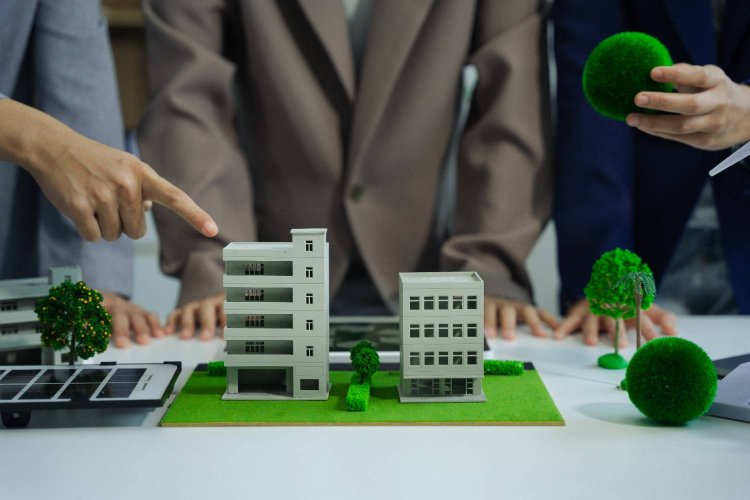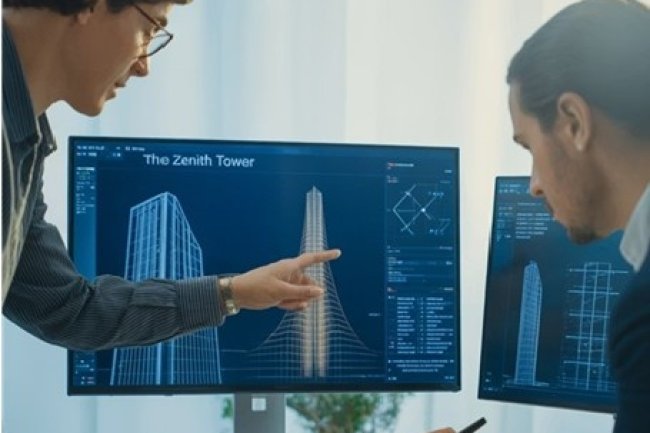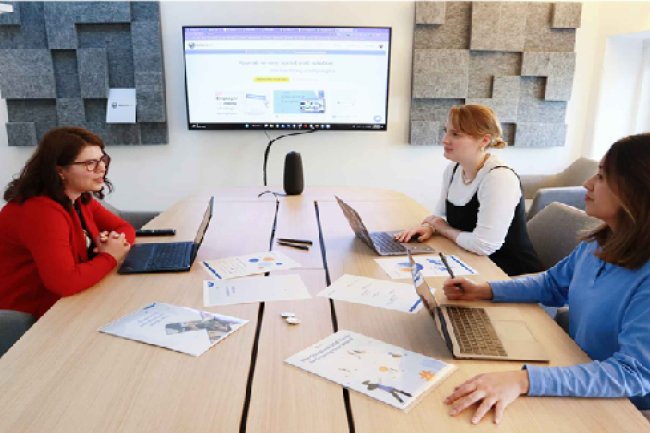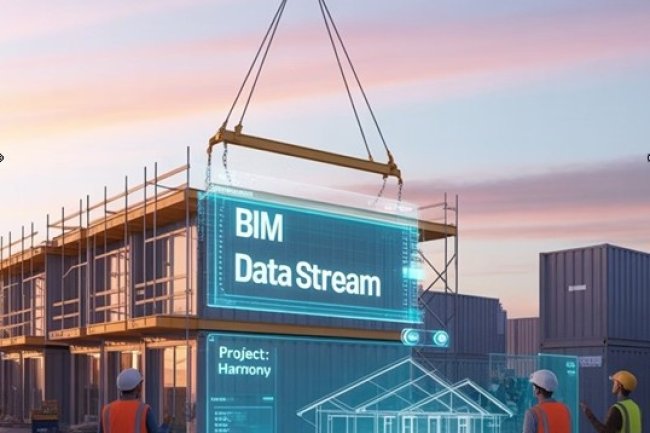BIM for Sustainable Construction: Leveraging Data to Achieve Net-Zero Goals
Building Information Modeling (BIM) has evolved beyond traditional 3D visualization to become the cornerstone of sustainable construction practices. As the industry races toward net-zero carbon goals, BIM provides the data-driven foundation needed for energy modeling, material efficiency optimization, and comprehensive carbon footprint tracking throughout the entire project lifecycle.

The Sustainability Challenge in Construction
Industry Impact
The construction sector accounts for nearly 40% of global carbon emissions and consumes massive amounts of raw materials. Traditional design processes often lack the precision needed to optimize resource use and energy performance from the earliest design phases.
The BIM Solution
BIM workflows enable architects, engineers, and contractors to model energy consumption, track material quantities, and analyze carbon impacts before ground is broken. This proactive approach transforms how we approach sustainable construction.
Energy Modeling: Precision from Design to Operations
Early Design Integration
BIM enables energy analysis during conceptual design phases, allowing teams to optimize building orientation, massing, and envelope performance before detailed design begins.
Advanced Simulation
Integration with energy modeling software provides detailed thermal analysis, daylight studies, and HVAC system optimization through coordinated 3D modeling workflows.
Performance Validation
Model coordination ensures energy performance targets are maintained through construction documentation and clash detection processes, preventing efficiency losses during construction.
Material Efficiency Through Intelligent Modeling
Quantity Optimization
BIM models automatically generate accurate material take-offs, reducing waste through precise ordering and enabling better supplier coordination across multidisciplinary teams.
Sustainable Material Selection
Advanced BIM workflows incorporate material databases with embodied carbon data, enabling informed decisions about low-impact alternatives during design development.
Lifecycle Planning
Level of Development (LOD) specifications ensure material durability and maintenance requirements are considered, optimizing long-term sustainability performance.
Consac LLC: Pioneering Sustainable BIM Solutions
CAD to BIM Conversion
Our expert team transforms traditional CAD drawings into intelligent BIM models with embedded sustainability data, enabling comprehensive energy and carbon analysis from existing designs.
Model Validation & Coordination
Through rigorous clash detection and structural detailing processes, we ensure sustainable design intent is preserved throughout construction, preventing costly rework and performance compromises.
Project Integration Excellence
Our multidisciplinary coordination expertise ensures IFC standards compliance and seamless data exchange between energy modeling, material tracking, and construction documentation systems.
Industry Benefits: Real-World Impact
Transform Your Next Project with Sustainable BIM
Transform Your Next Project with Sustainable BIM
The Future is Data-Driven
BIM's role in sustainable construction continues expanding as net-zero mandates reshape the industry. Early adoption of integrated modeling workflows positions your projects for long-term success.
Partner with Experts
Consac LLC's proven expertise in CAD to BIM conversion, energy modeling integration, and sustainable construction workflows ensures your projects achieve ambitious sustainability targets.
Ready to leverage BIM for your sustainability goals?
Get in touch with Consac LLC today to explore how our comprehensive BIM expertise can streamline your next project while maximizing energy efficiency, material optimization, and carbon reduction performance.
What's Your Reaction?
















